1200x1800mm | 600x1200mm | 200x200mm
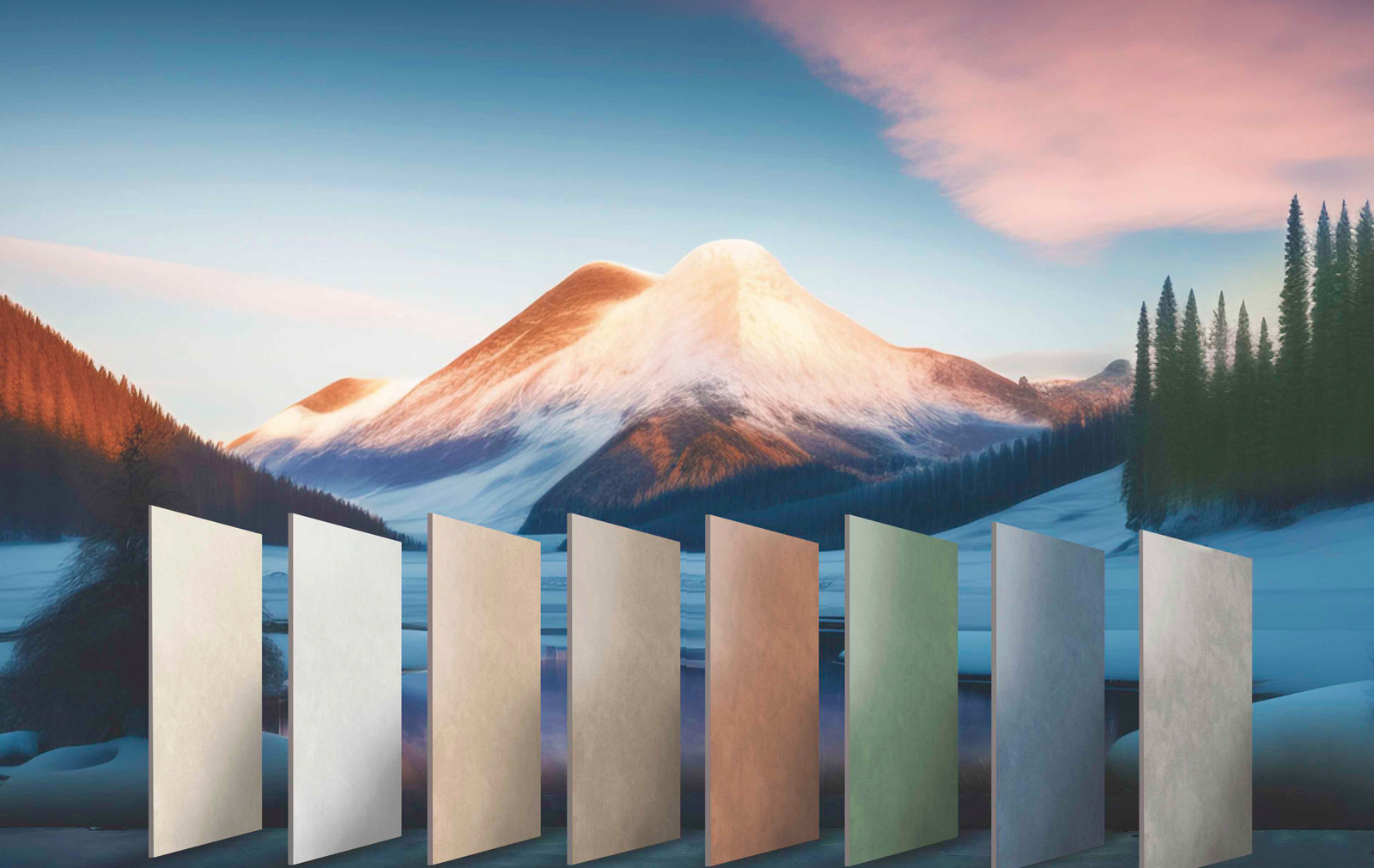
Drawing inspiration from Sir Isaac Newton's timeless exploration of the spectrum of colours and influenced by the vibrant palettes of Indian architecture, the COLORATO collection embodies the essence of nature's hues. Crafted with a tactile linen texture and a rustic matte finish, these surfaces minimize reflections and dust accumulation, inviting you on a captivating sensory journey. Each tile within the collection serves as an art canvas, seamlessly blending the serene essence of linen with an array of vibrant colours. Complemented by subtle greys and beiges, the collection offers boundless opportunities for seamless and elegant combinations. It transcends mere design, for a textured and colourful symphony

Linen, known for it's natural, earthy texture and understated elegance, has long been revered in the realm of fashion and home decor. Translating this timeless allure into tile form, linen-textured tiles capture the essence of this revered fabric, infusing spaces with a sense of warmth, comfort and sophistication.
Just as musical compositions are crafted using eight fundamental notes, the design palette and combination of colours in COLORATO collection have emerged naturally from a selection of eight colours. Inspired by Indian architecture, each of these colours represents a fundamental pitch used in music composition, blending together to form a harmonious symphony of hues and tones. While the colours evoke a sense of emotion the finesses evokes human touch creating a sensory experience that connects our living spaces with the natural world.


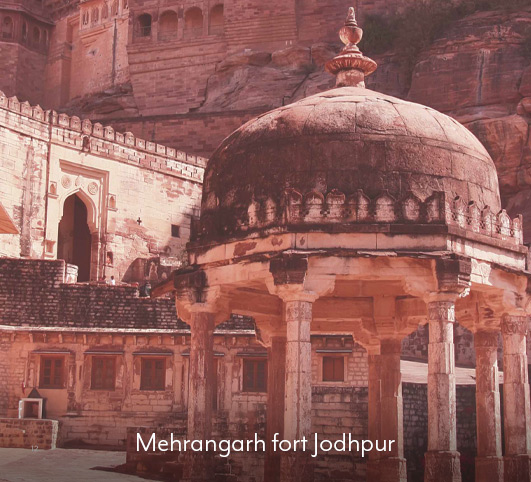
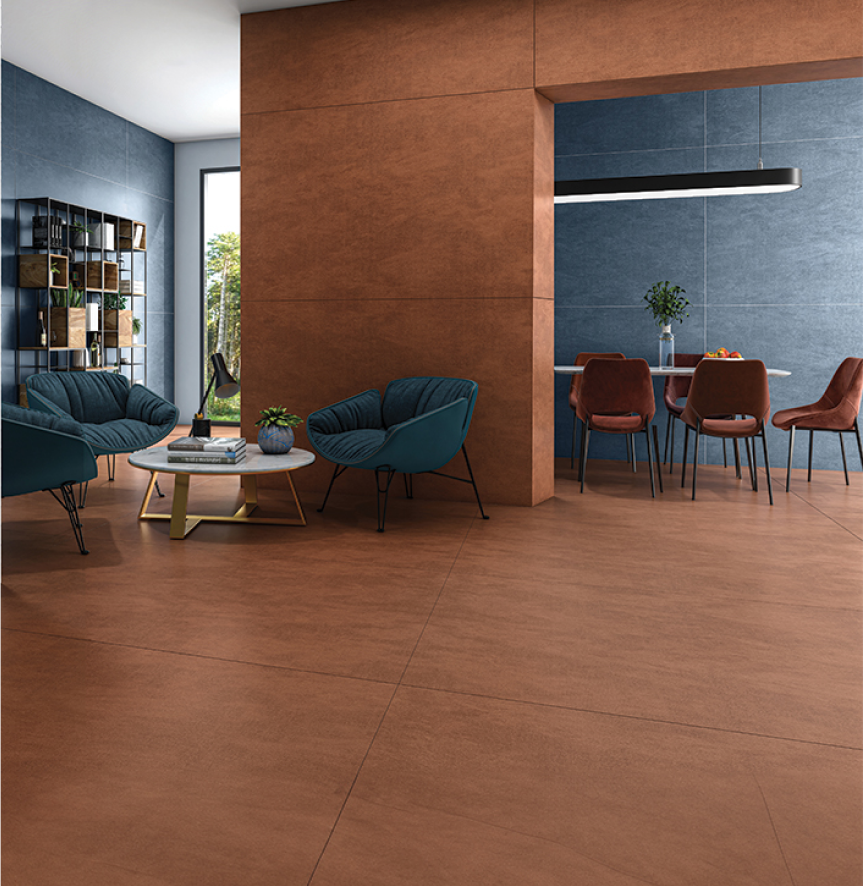
The use of red sandstone in the Mehrangarh Fort significantly influenced the architectural style of subsequent buildings in India, establishing a lasting precedent for its use in monumental architecture. The red colour of the sandstone is often associated with strength, power, and prestige, enhancing the fort's distinctive and majestic appearance. As the light changes throughout the day, the colour of the stone shifts subtly, creating a visually captivating effect that adds to the fort's allure.

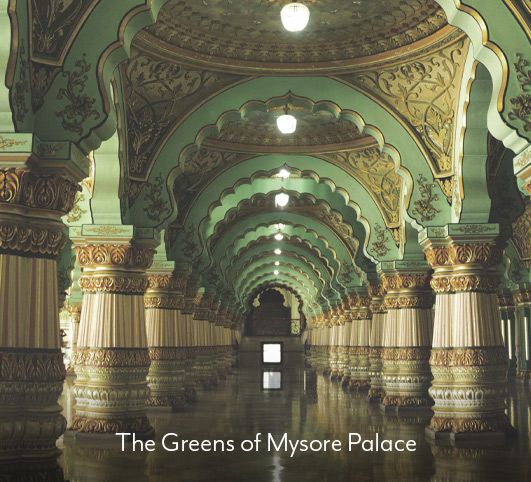
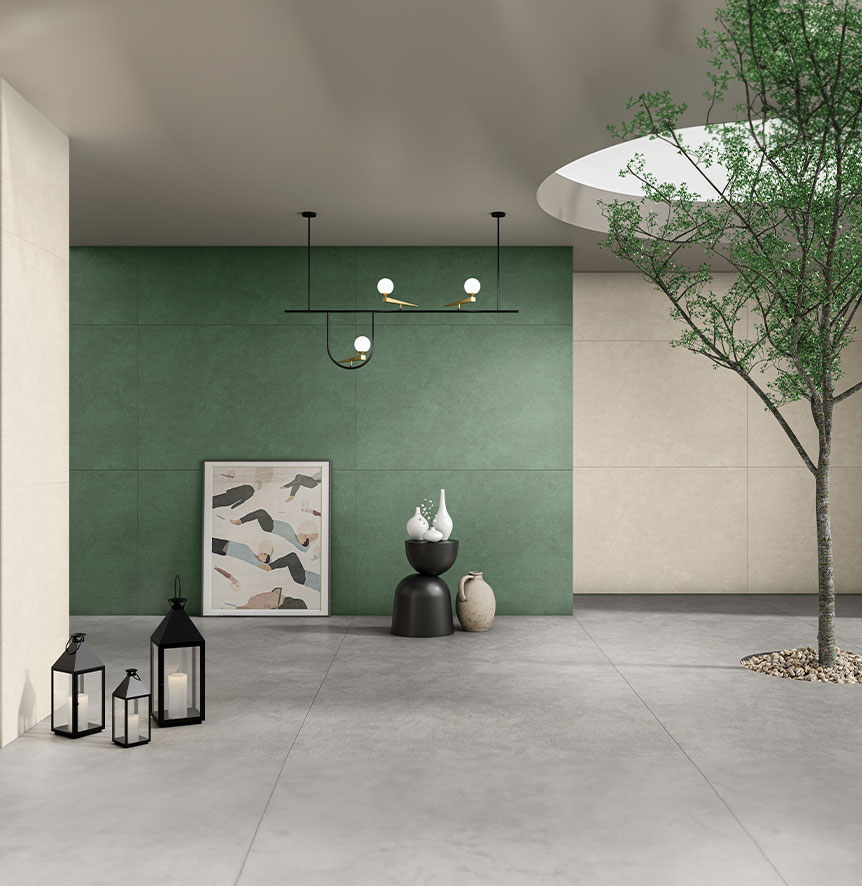
The use of green pillars and columns in Amba Vilas Palace, Mysore creates a majestic and vibrant atmosphere. The ceiling painted with shades of green, complementing the green columns enhances the overall aesthetic appeal of the hall The use of green symbolizes life, growth and prosperity. It adds a sense of richness and depth to the depicted scenes, making them more vivid and Lifelike.


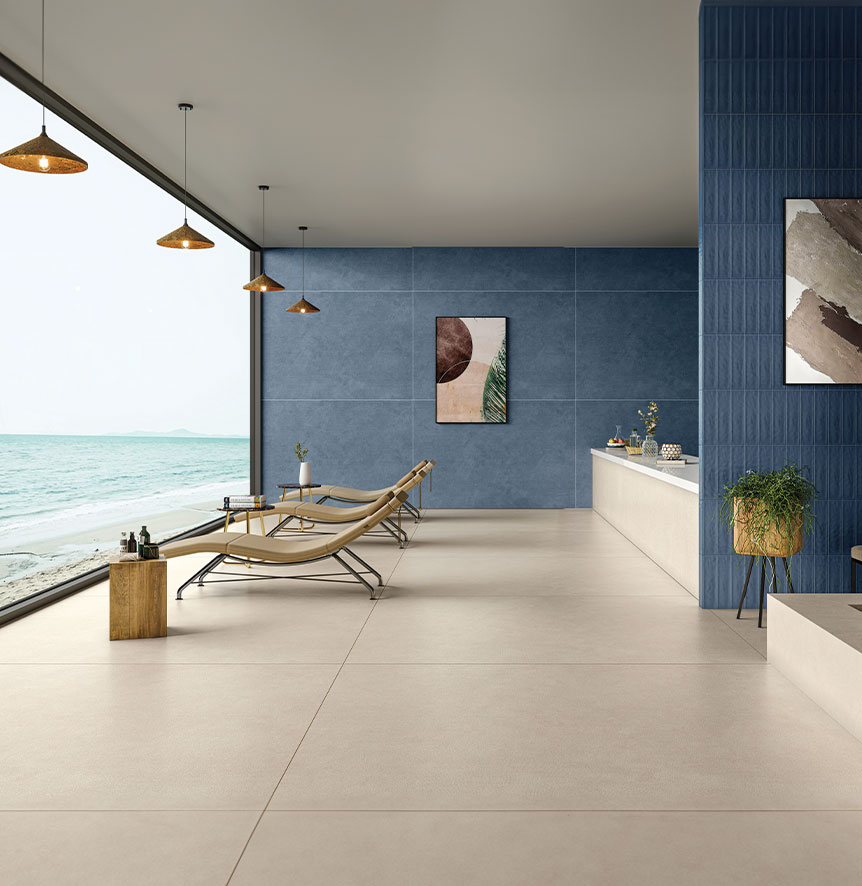
The blue colour defines the striking and unique visual identity of Jodhpur, reflecting peace and spirituality and symbolizing the sky and the divine. This colour not only adds a visually stunning element to the landscape but also has historical and practical significance. The blue colour is believed to have a cooling effect, helping to keep interiors cooler in the hot desert climate of Rajasthan.

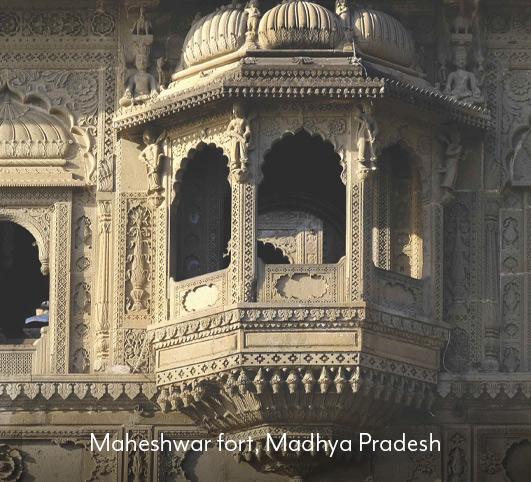
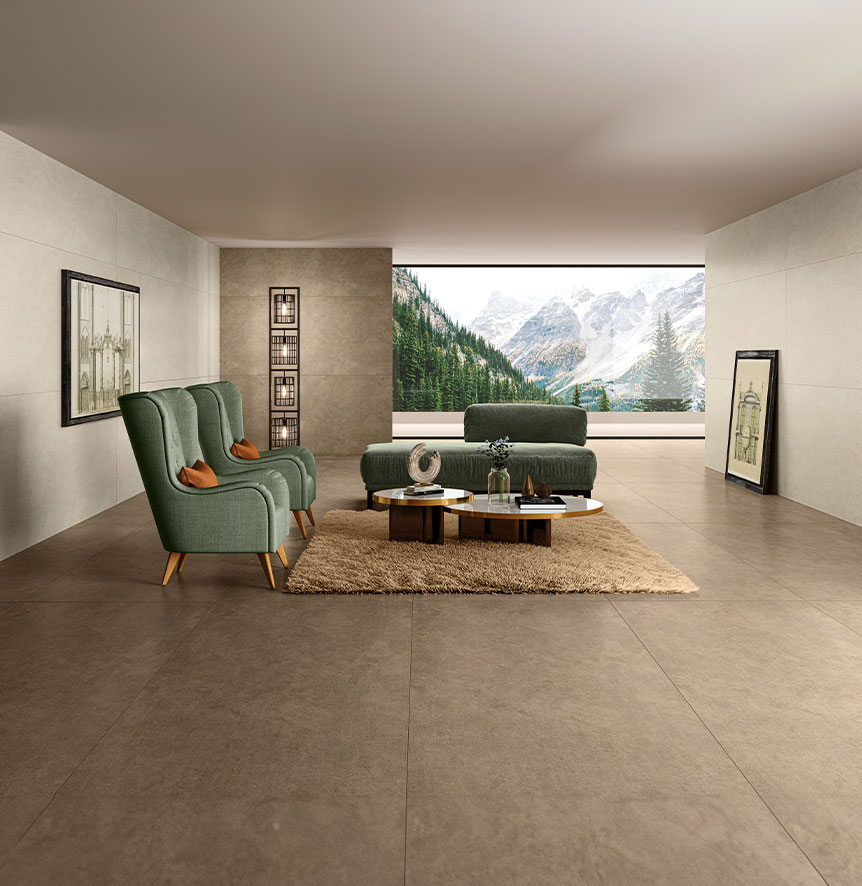
The light brown coloured stones used in the construction of Maheshwar Fort in Madhya Pradesh are a hallmark of the region's architectural heritage. These stones, with their subtle yet rich hue, lend a timeless elegance to the fort. The natural soft brown colour, a soft and earthy shade, blends harmoniously with the surrounding landscape, echoing the tones of the earth and sand. The warm brown stones reflect the sunlight in a gentle, golden glow, adding to the serene and majestic ambiance.


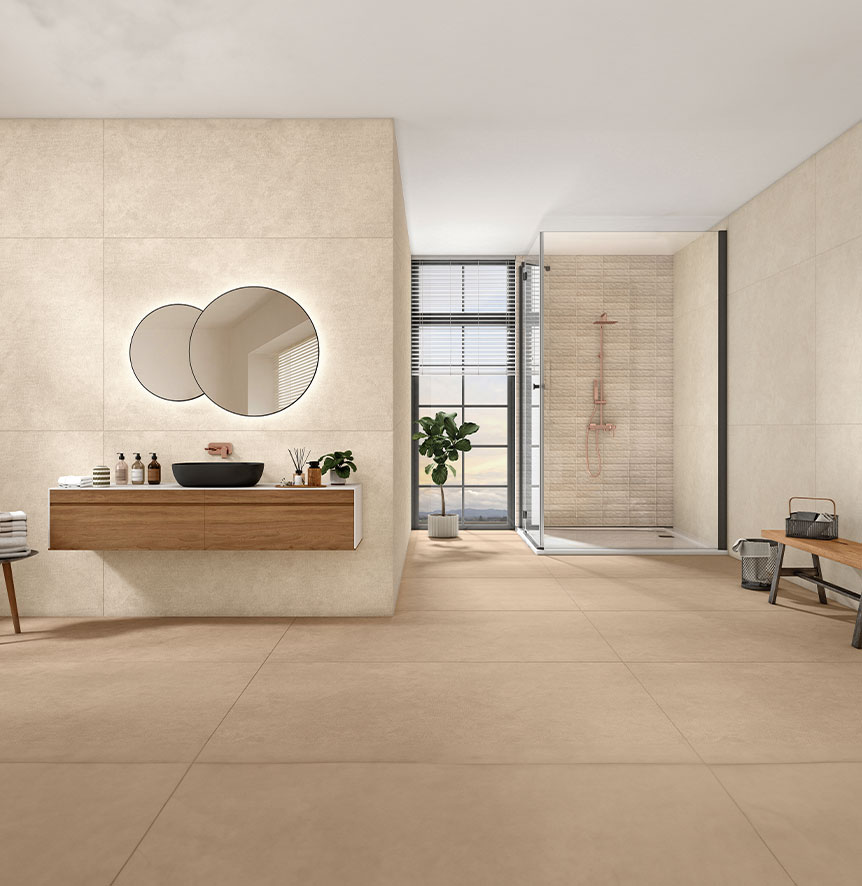
The beige-coloured stones used in the construction of the Gateway of India in Mumbai are an integral aspect of its iconic presence. The natural beige hue of the stones lends a timeless elegance to the monument, harmonizing with the coastal landscape and the bustling urban environment. The warm, neutral tones of the beige stones capture and reflect the sunlight beautifully, enhancing the grandeur, but also symbolizing a blend of strength and grace.

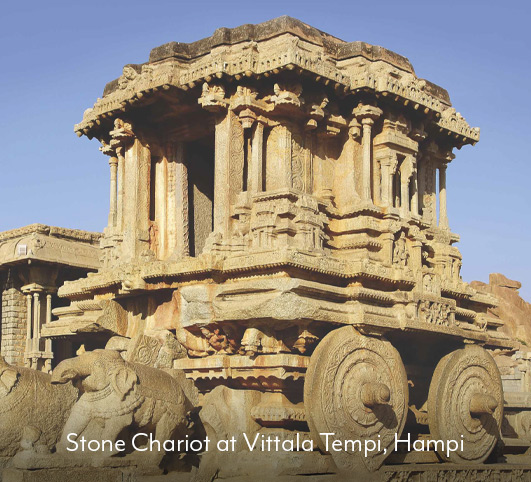
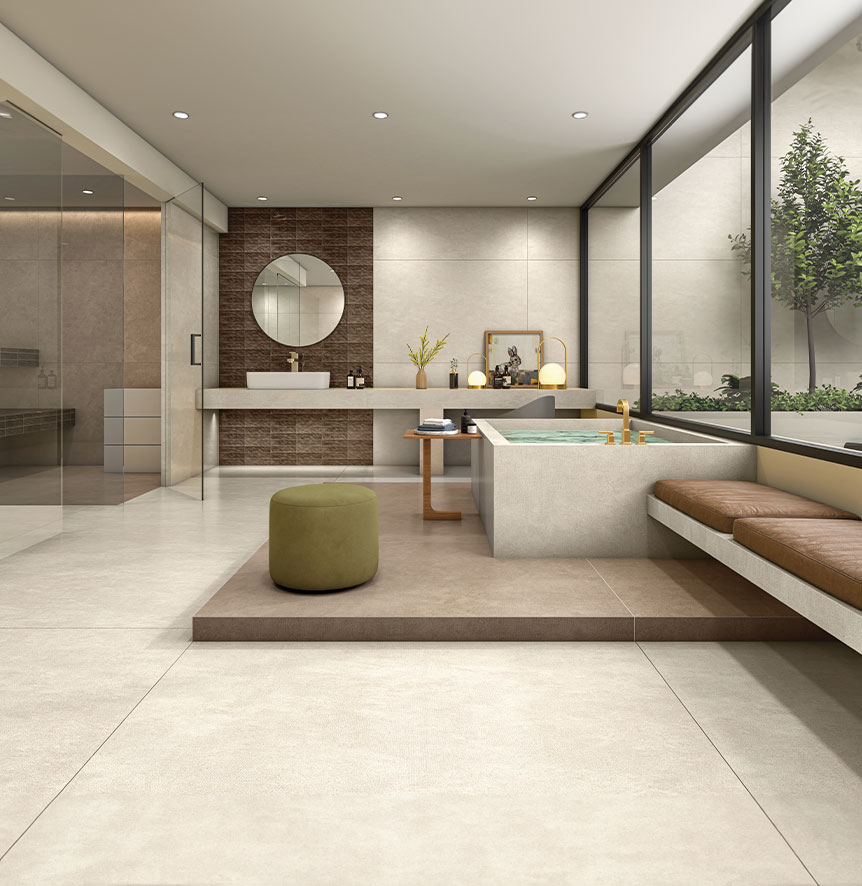
The Vittala temple in Hampi, is an exquisite example of Vijayanagara architecture. Temple's ochre colour stones gives it a distinct striking appearance. The ochre stones, likely sourced from local quarries, contribute to the temple's majestic look and helps it blend harmoniously with the surrounding landscape. This ochre hue imparts a warm earthy aesthetic to the temple, symbolizing deep connection to the earth and nature. The ochre colour is associated with life, fertility and renewal, perfectly aligning with the temple's purpose of spiritual rejuvenation.

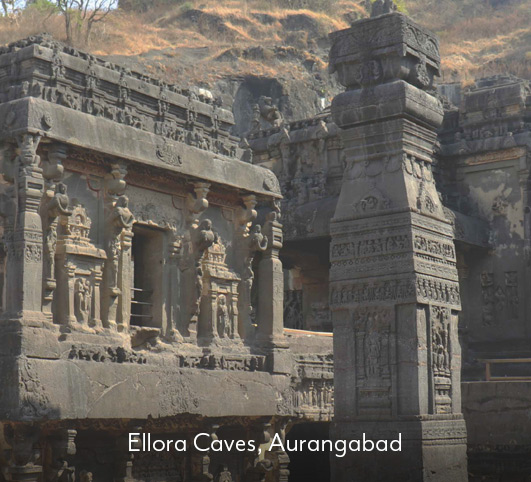
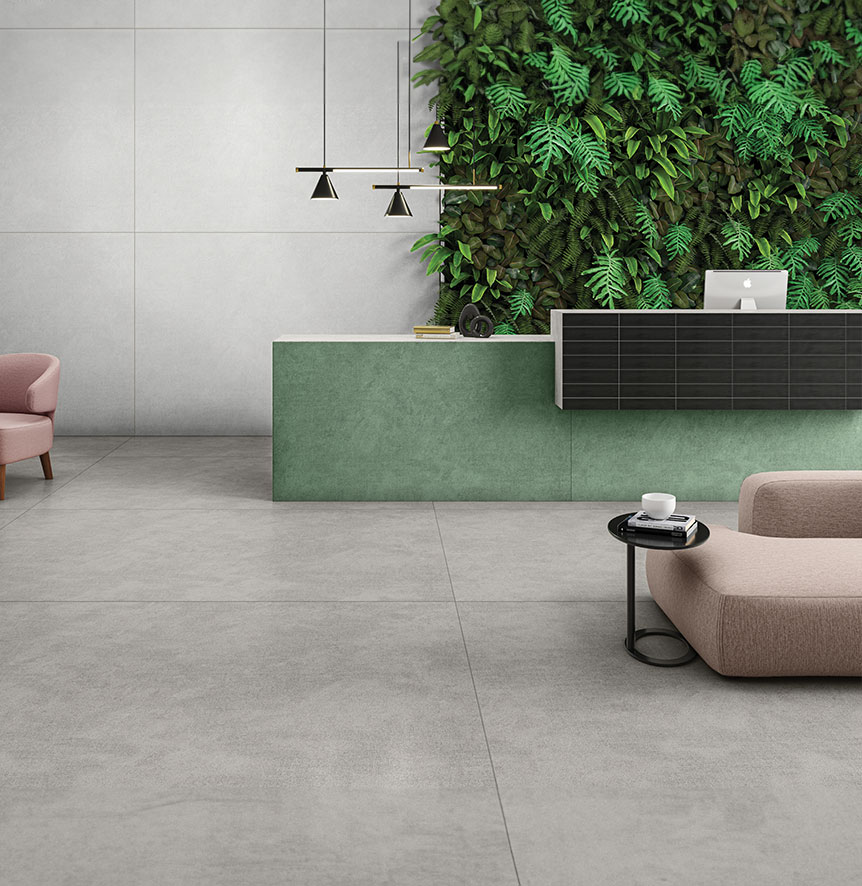
Ellora Caves are more than just a medium for artistic expression. The use of grey basalt stone is a unifying factor across the diverse range of artistic styles and religious influences present in the caves. The natural grey colour provides a neutral background that highlights the detailing. The interplay of light and shadow on the grey enhances the three-dimensional quality of the artwork, adding depth and realism.

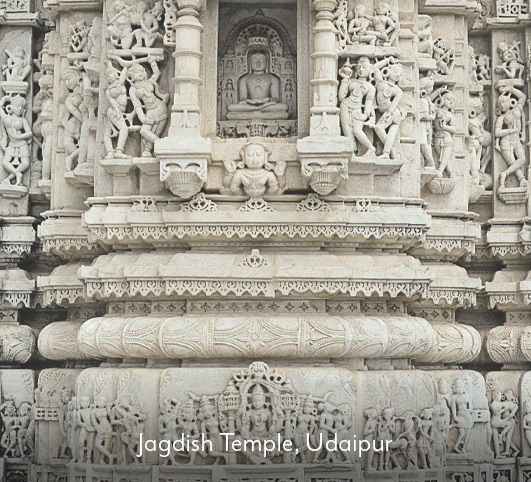
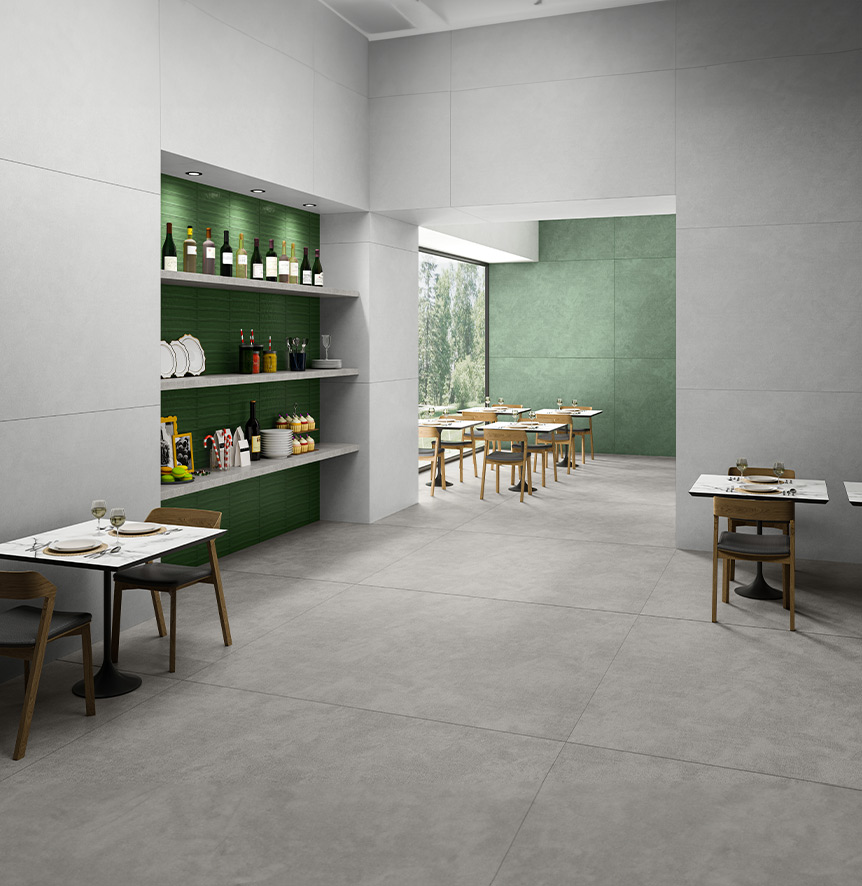
The limestone used in the Jagdish Temple ranges from white to light gray, giving the temple a pristine and elegant appearance. The light colour of the limestone exudes a sense of calmness and purity. It also reflects sunlight, making it appear radiant during the day. The light shade of limestone symbolize purity and divinity creating a sense of openness and simplicity highlighting the delicate balance
Residence
Hotels
Bathroom
Kitchens
Restaurants
Office
Shops
Malls
Clean
Chemical Resistent
Frost
Impect Resistent
Stain Sesistent
Thermal Resistent









